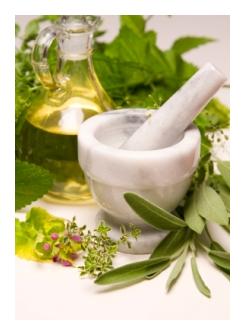From the kitchen of Karine Losier & Dave Ruel
Dear friend,
My name is Karine, I'm the co-author of Metabolic Cooking, and also known as the “Lean Kitchen Queen”. If you're reading this right now, that means one thing: you're on a mission to accelerate fat loss and get rid of your boring diet. You've been there and done that. You've tried other diets in the past and have come to see less than stellar results, likely despite some of your best efforts. You're also a busy person and you don't have time to spend hours in the kitchen to prepare your meals everyday.
Now you're looking for something else – something new, something fresh, and something that will actually work for a change. The good news is that you found me and I'm now here to help you!
What you'll learn and find in Metabolic Cooking :
- More than 250 Fat Torching Recipes, all designed with metabolic thermo-charged ingredients. These recipes are all quick and easy to prepare, are ultra tasty, and will boost your metabolism for a fat burning diet.
- A Built-In Nutritional System: our special Metabolic Nutri-Profile we’re using in all the recipes will tell you precisely what nutrients you're taking in and make sure that each meal is making the most out of your metabolic rate. Now, managing your nutrition will be simpler and way more effective.
- EVERYTHING About Fat Burning Foods: everything that a person looking to lose body fat should know about food and nutrition. You will get access to our exclusive list of metabolic thermo-charged top fat burning foods!
- Our 10 Cooking And Nutrition Rules: learn our non-negotiable and essential principles to be successful with your fat loss goals.
- How To Beat The Metabolic Adaptation Phenomenon: you will learn what, when and how to eat in order to burn the fat non-stop, faster, and keep it off FOREVER.
- How To Create Your Own Individualized Fat Loss Meal Plan: you will know exactly how to create, tweak, and adhere to a PERFECT fat loss meal plan that is completely individualized to fit YOUR particular needs.
- How To Manage Your Kitchen, Your Meal Preparation And Your Food Budget Successfully: you will learn all the tricks to manage and prepare your meals faster than ever, and won't be wasting your money anymore.
- Complete Access To Our PRIVATE Lists Of Resources: you will be provided with our personal grocery shopping lists, where to get the best kitchen supplies and quality ingredients, our cooking glossary, and even the same daily food logs we use at home.
- And Much, Much More!



Thanks for Read : Metabolic Cooking - Quick and Easy Fat Burning Recipes









